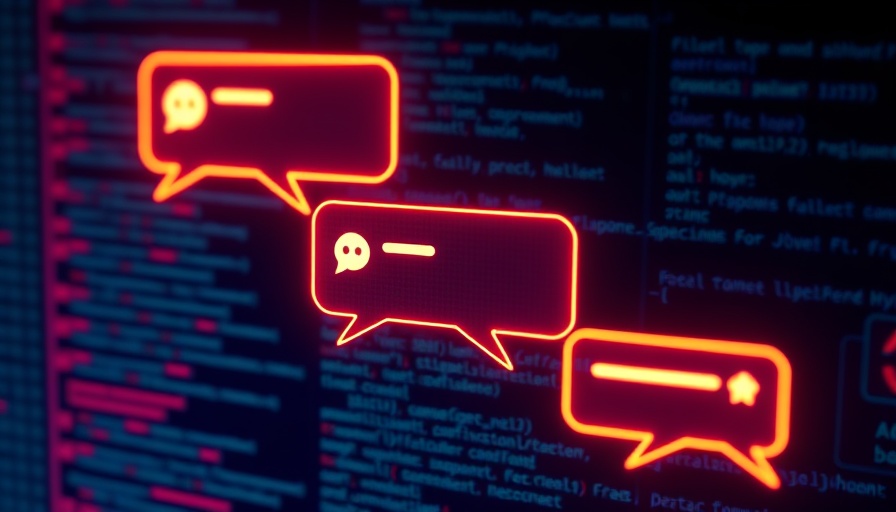
Are AI Detection Tools Really Accurate?
As the world rapidly moves into the digital age, the use of artificial intelligence (AI) in various sectors, including education, is becoming increasingly prevalent. This has raised concerns regarding the integrity of student submissions and how to differentiate between human and AI-generated content. Yet, recent troubling revelations about certain AI detection tools suggest that many students may have unnecessary fears about being caught by unreliable systems.
What Happened With Workado’s AI Detection Tool?
Recently, the Federal Trade Commission (FTC) took action against Workado, a company that claims its AI detection tool provides "98% accuracy". However, independent evaluations revealed that this tool was, in fact, only accurate 53% of the time. This has caused significant alarm among students worried about AI detection systems, emphasizing that the tool was trained mainly on academic content rather than a broad range of online information.
The Potential Impact on Students
For students who rely on academic integrity, the implications of this revelation are substantial. Misleading claims about the effectiveness of AI content detectors not only elevate anxieties but can also hinder students' genuine creativity and willingness to experiment with AI as an academic tool. Misleading marketing practices threaten to undermine trust within education, an institution built on integrity.
Understanding AI Detection Limitations
While it’s important to recognize the limitations of AI detection tools like the one from Workado, students should also understand how these tools generally operate. Many detection systems rely on identifying specific patterns or structures associated with AI-written content, which can sometimes lead to false positives or negatives. Essentially, if a tool lacks comprehensive training across multiple content types, its effectiveness can be drastically limited.
Preparing Students for AI in Education
Instead of allowing AI detection tools to instill fear, students should be encouraged to leverage AI for their creative writing tasks. With the right approach, AI can become an ally rather than an enemy. Tools like Prompt2Human empower students to bypass unnecessary anxiety concerning detection, allowing for a focus on learning and growth. Bypassing AI detectors can open up new possibilities for creativity in academic writing.
A Shift to Human-Centric Engagement
Ultimately, the discussion around these tools should pivot from fear to understanding and engagement. As schools adapt to a landscape rich with AI, fostering open discussions about its ethical use and the potential for misinformation can increase students' media literacy. Training on proper use of AI in academia can strengthen the learning experience by encouraging responsible technology adoption.
Final Thoughts: Embrace Opportunities Over Fear
As students navigate the integration of AI into schools, it’s crucial to separate fact from fiction when it comes to AI detection tools. We should advocate for clarity in technology ethics while promoting positive, educational experiences. By adopting a balanced view on AI alongside practical tools for utilizing it, students can thrive in a rapidly evolving educational environment.
 Add Row
Add Row  Add
Add 




 Add Row
Add Row  Add
Add 

Write A Comment